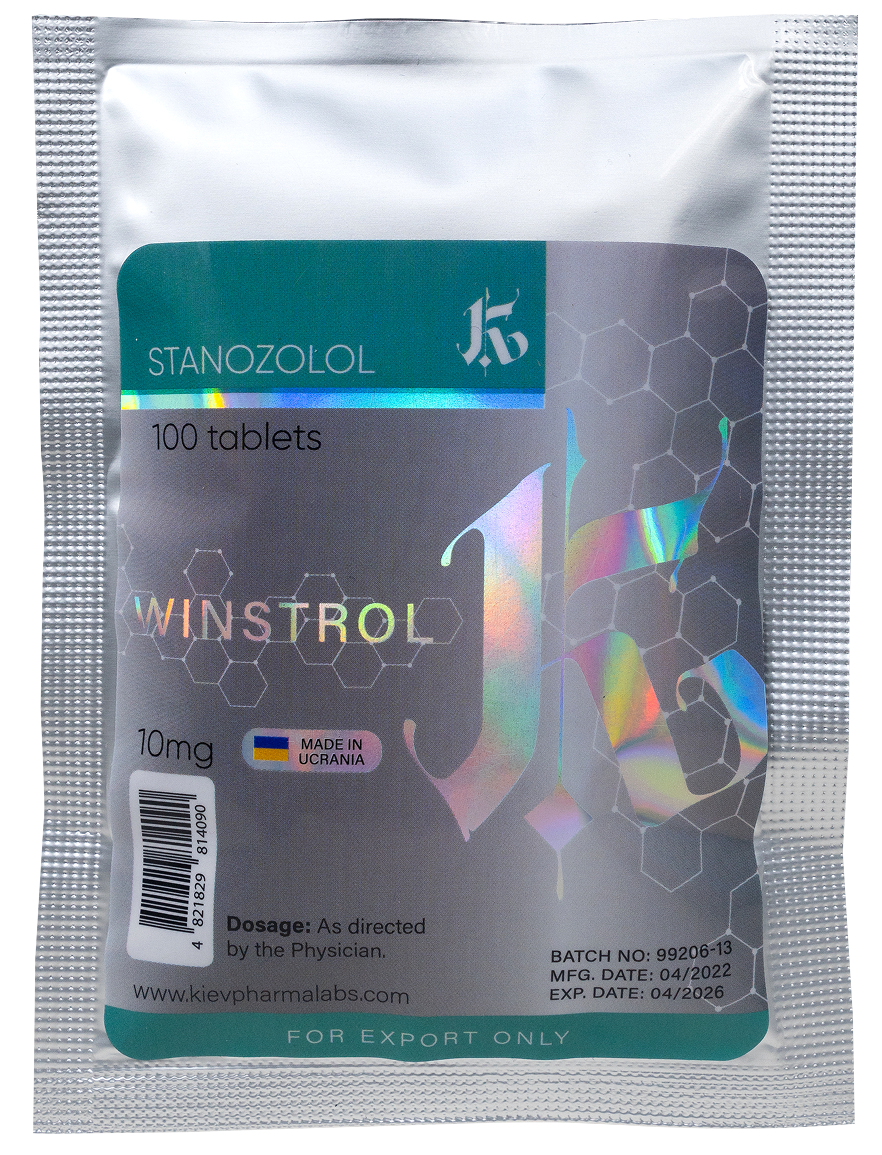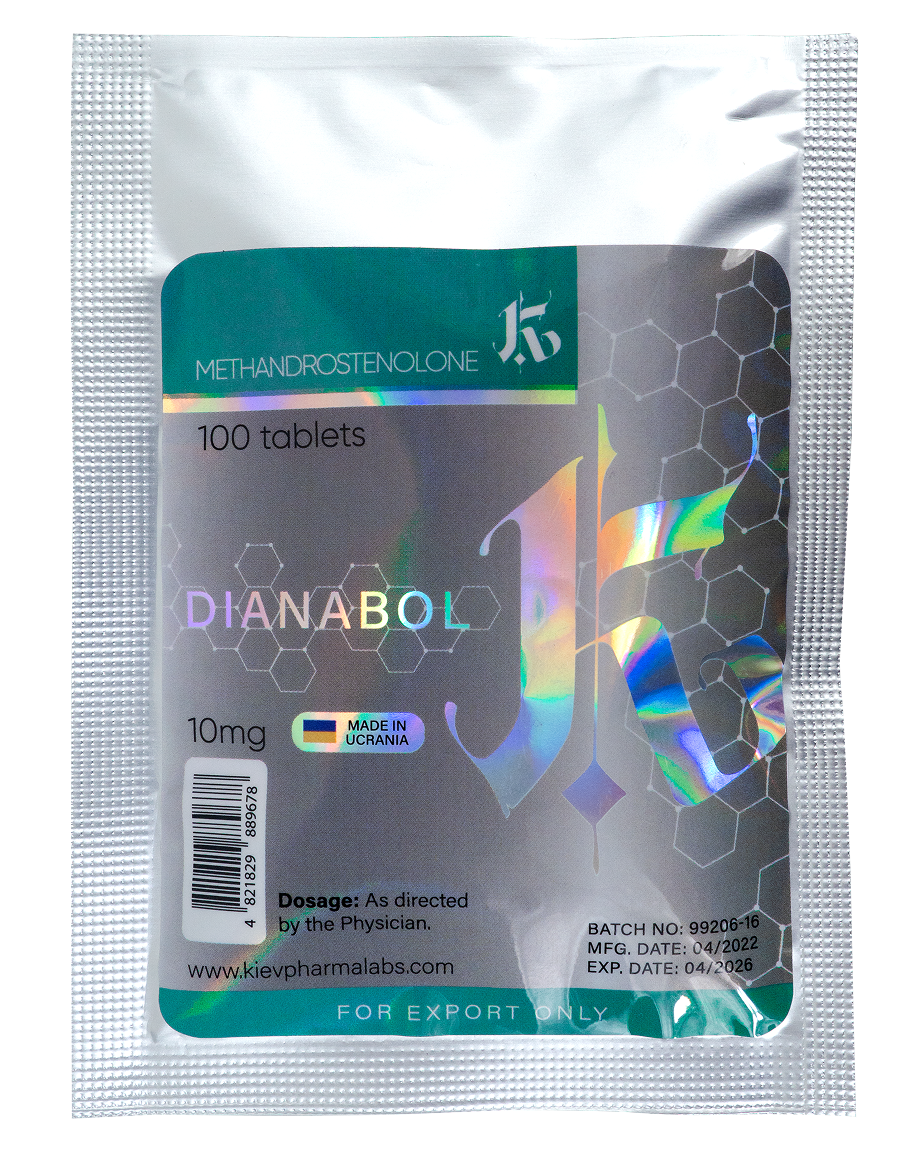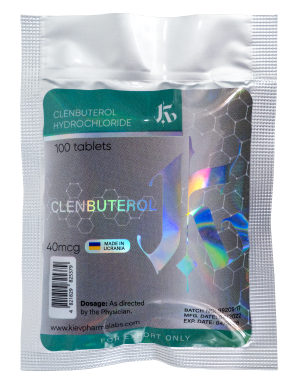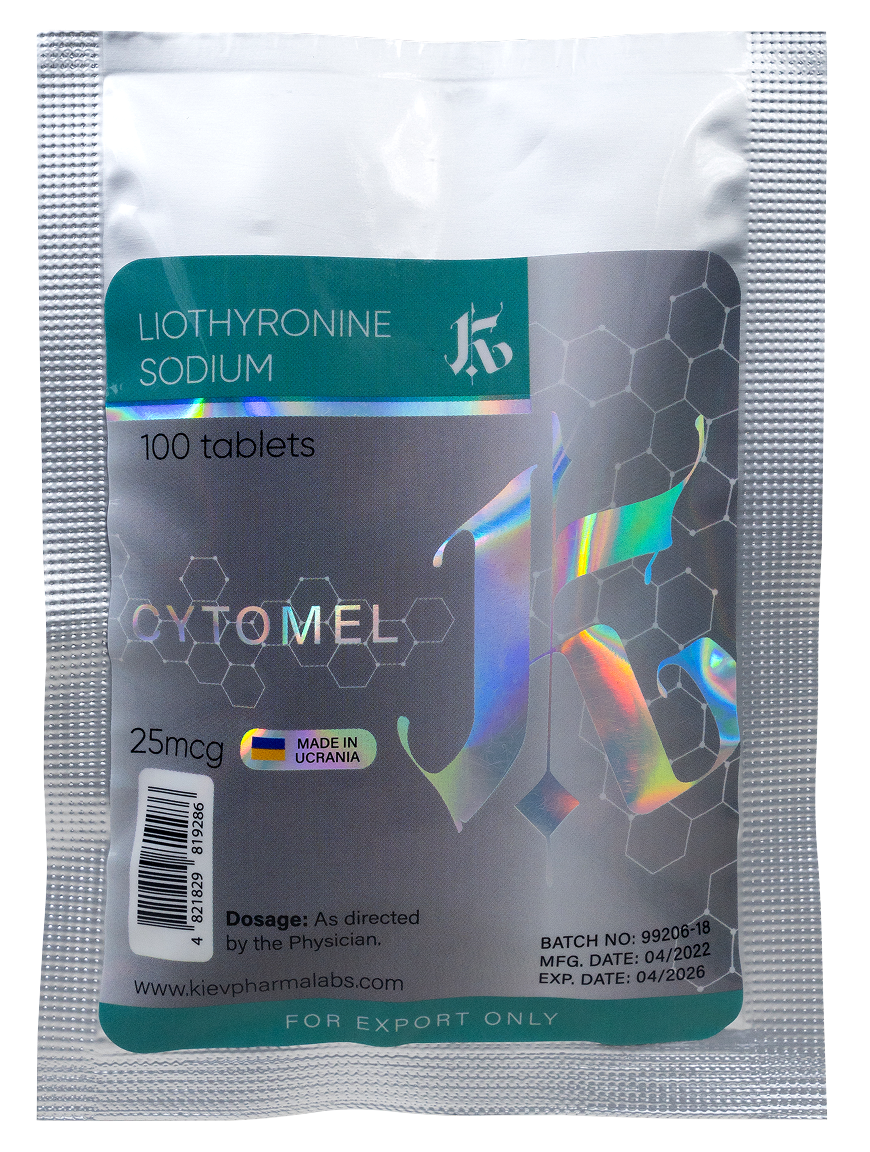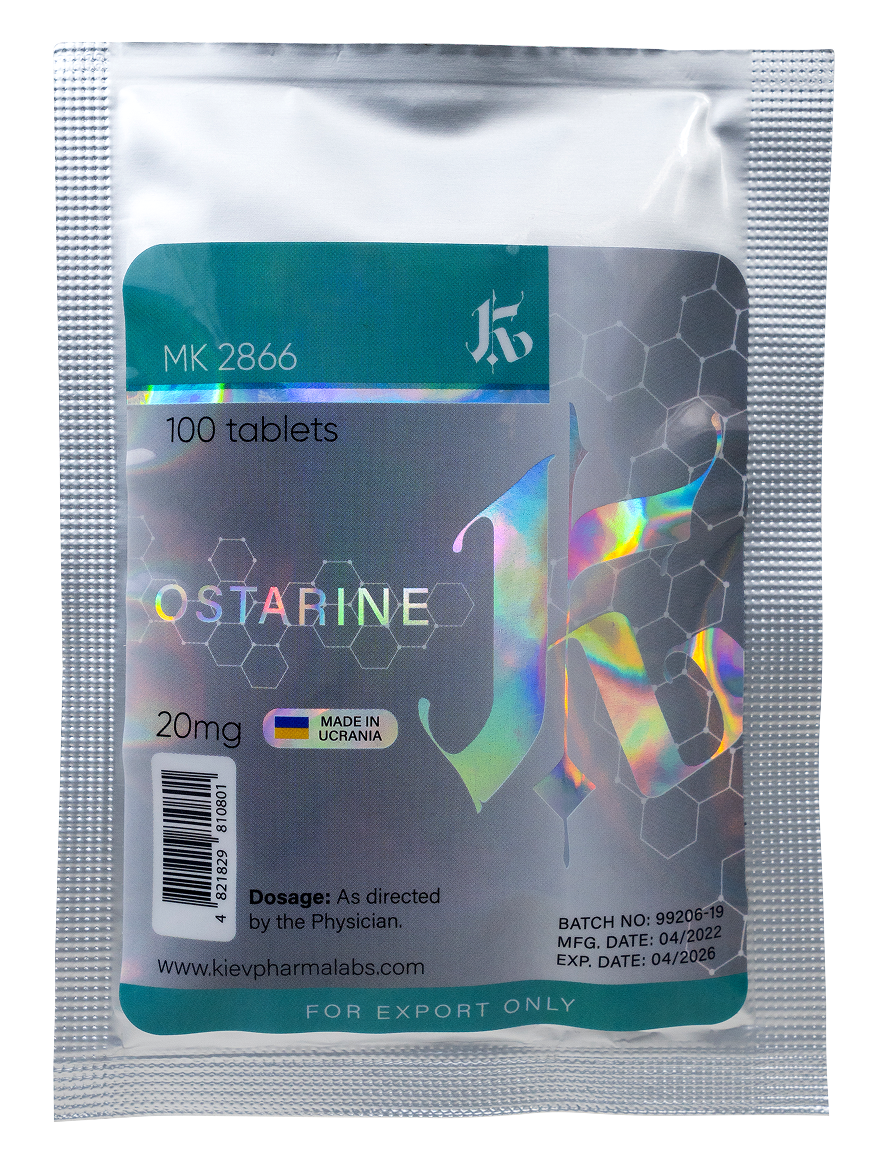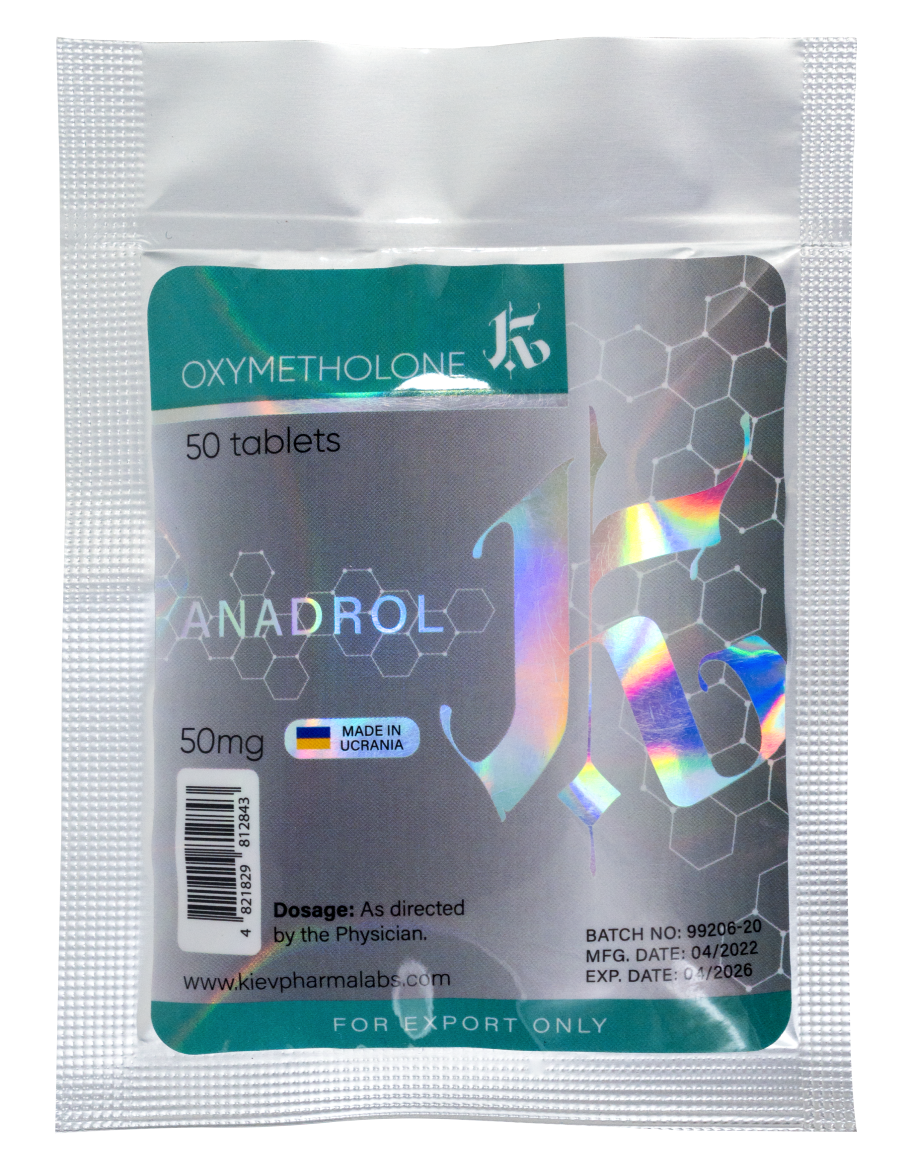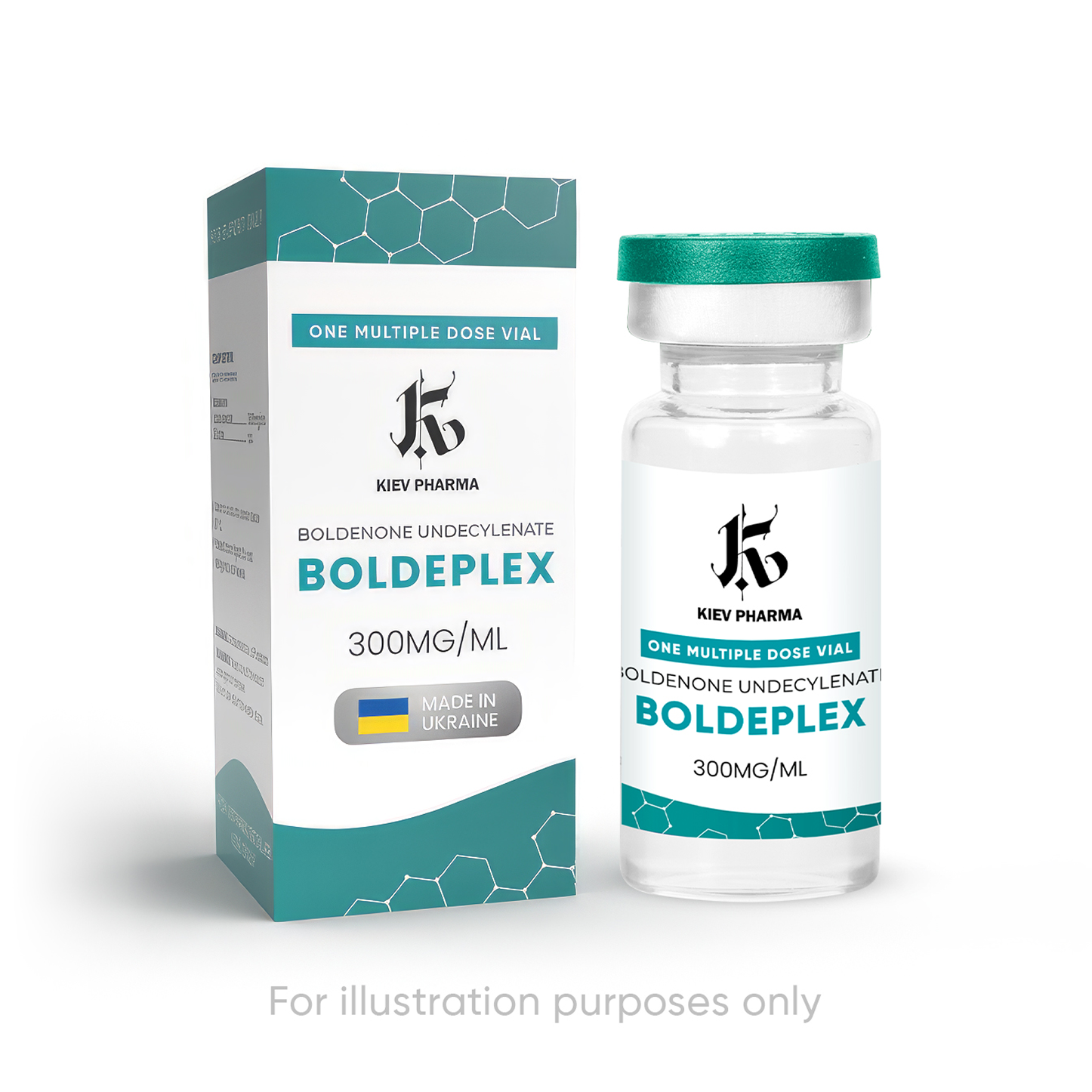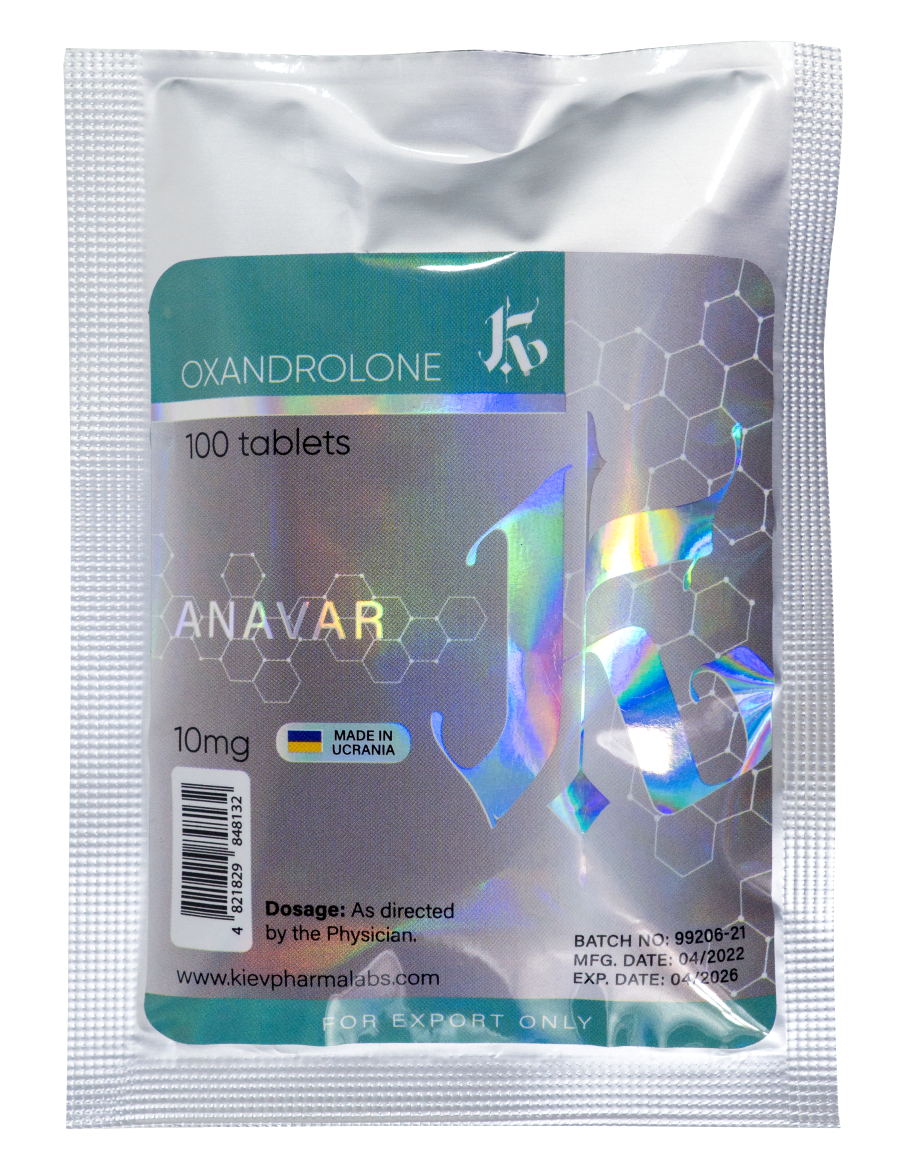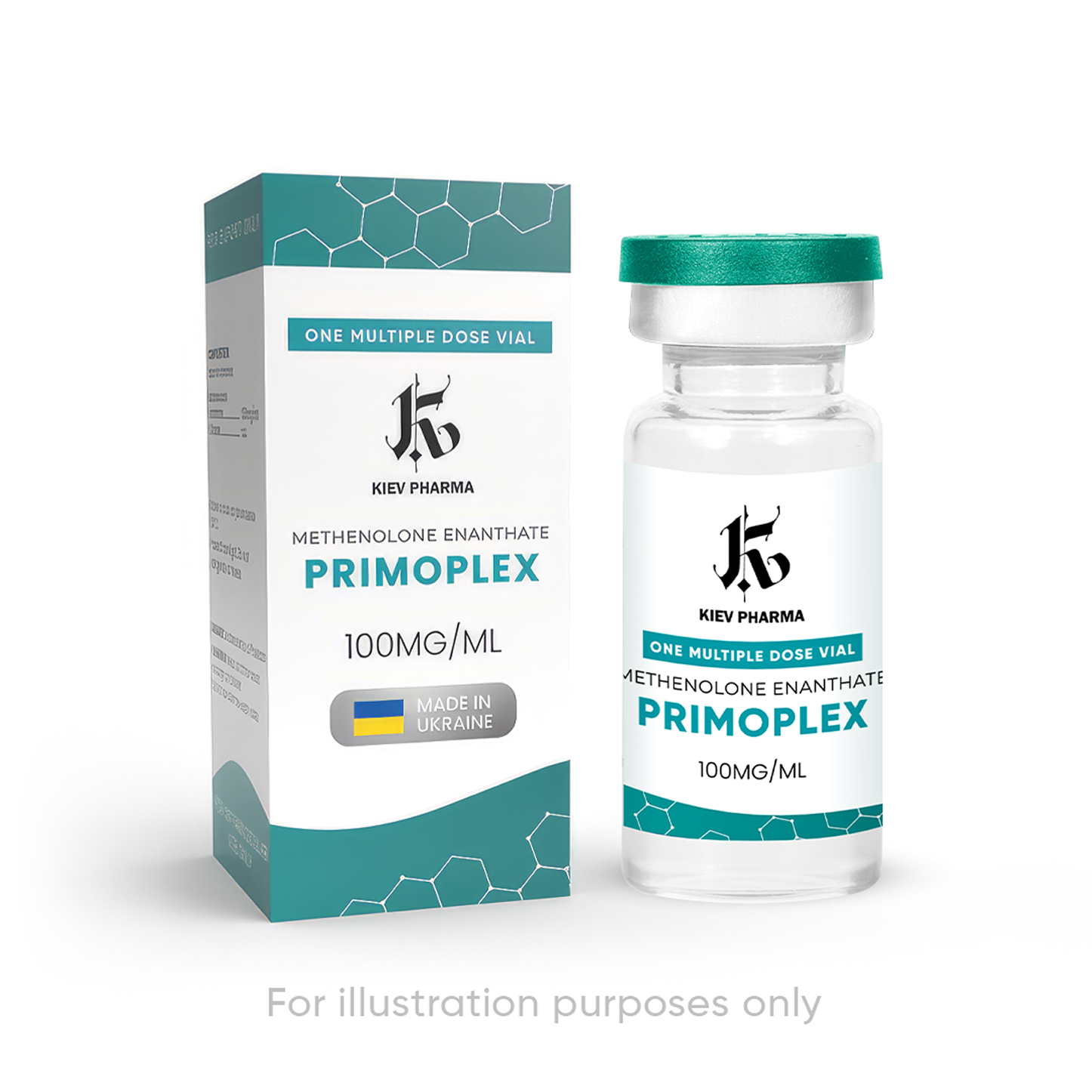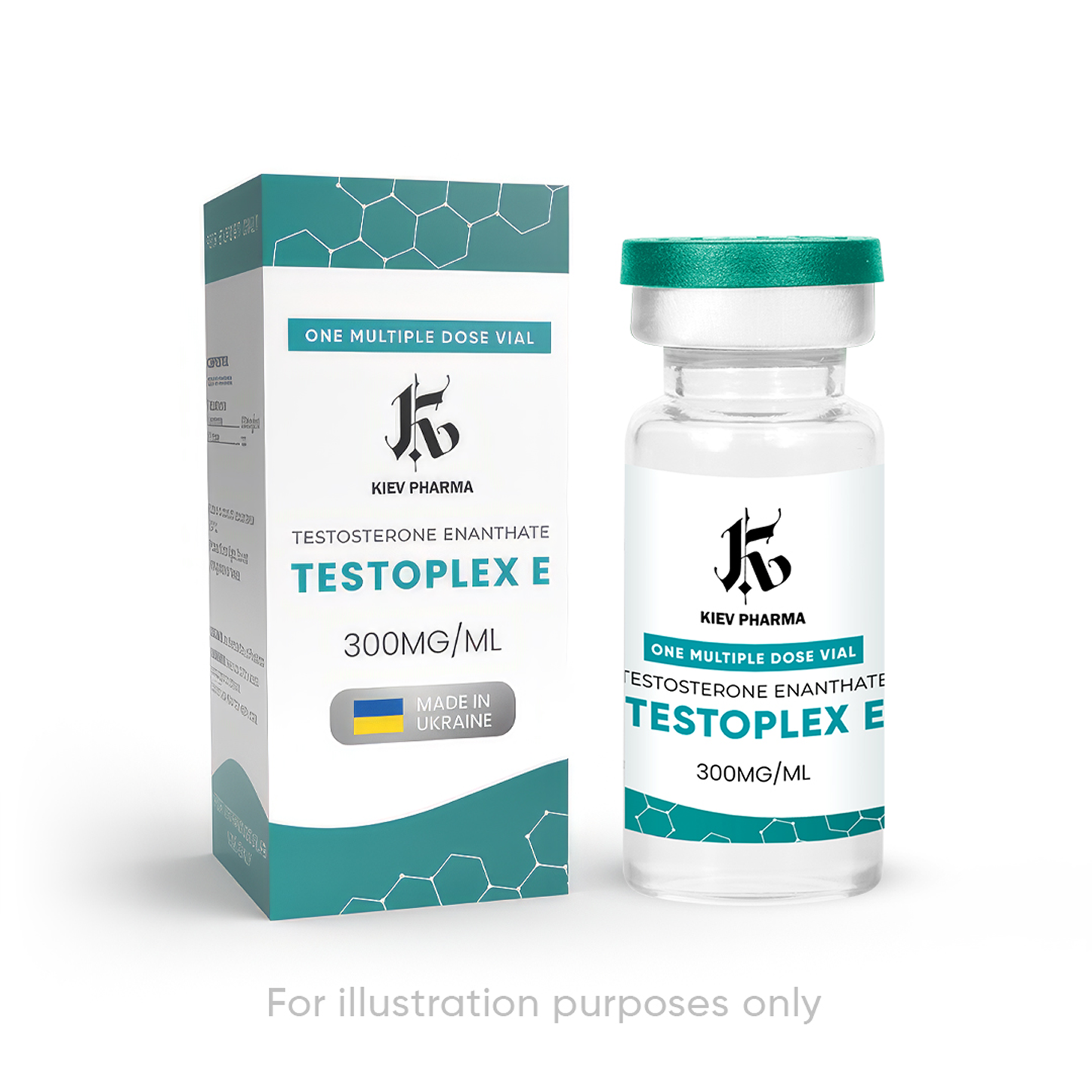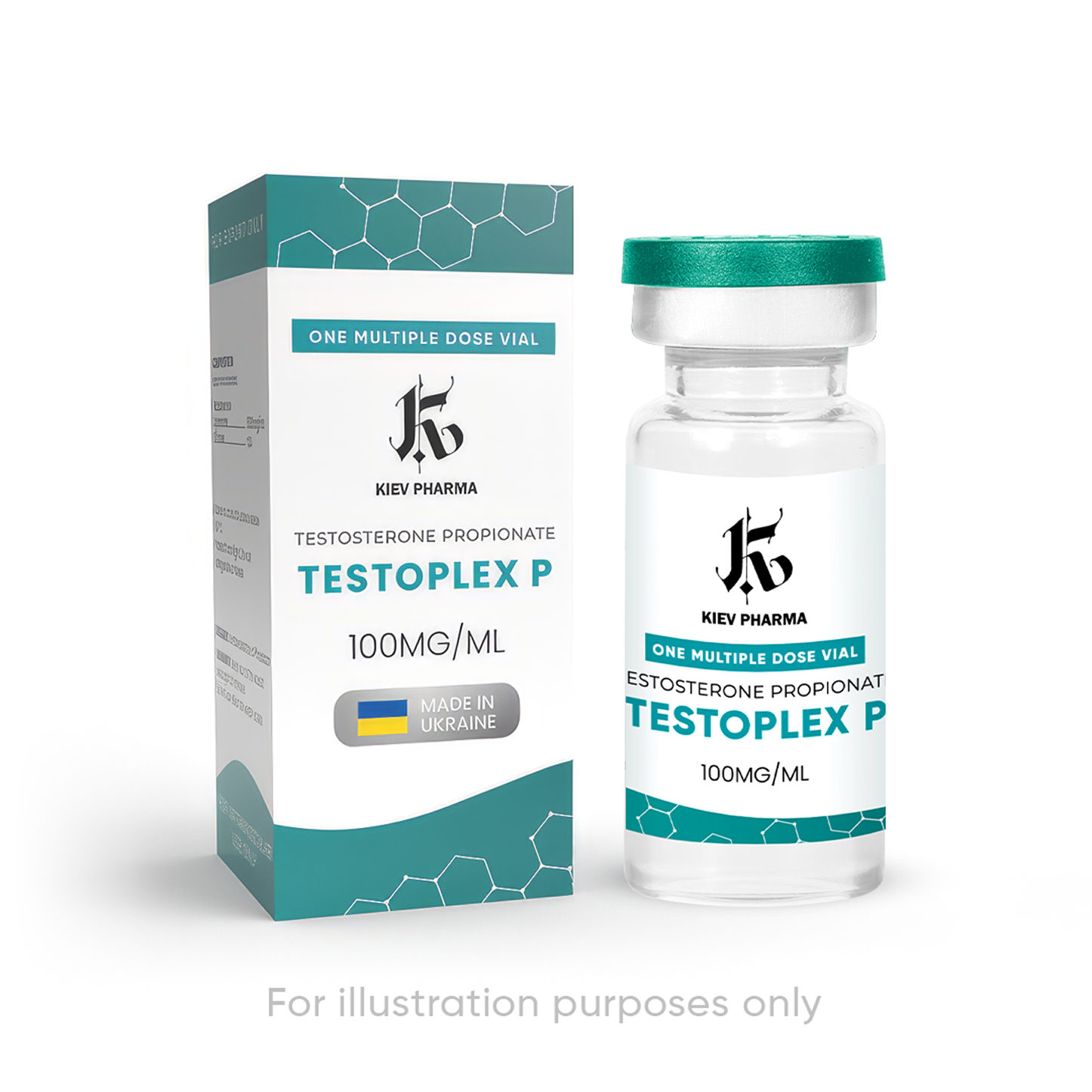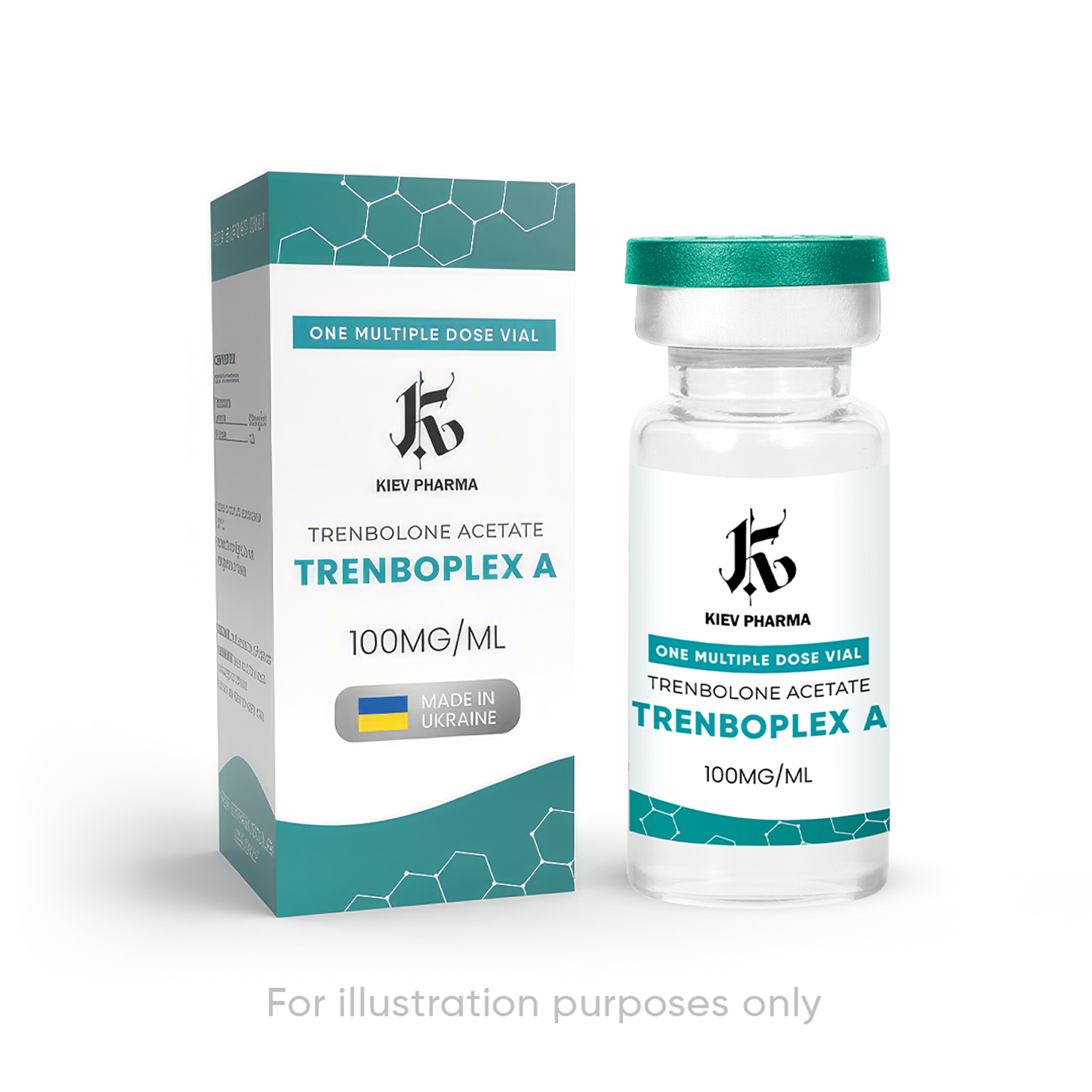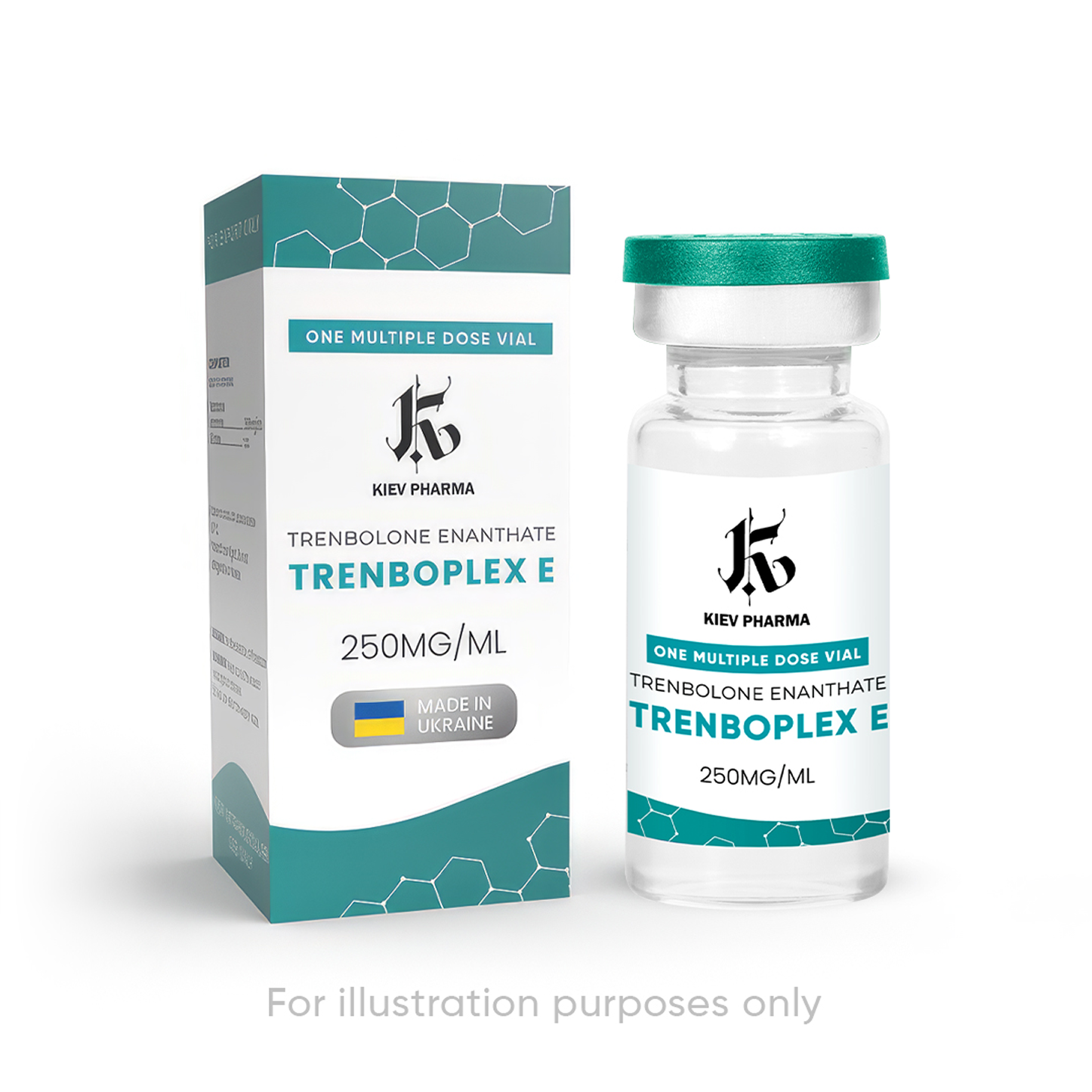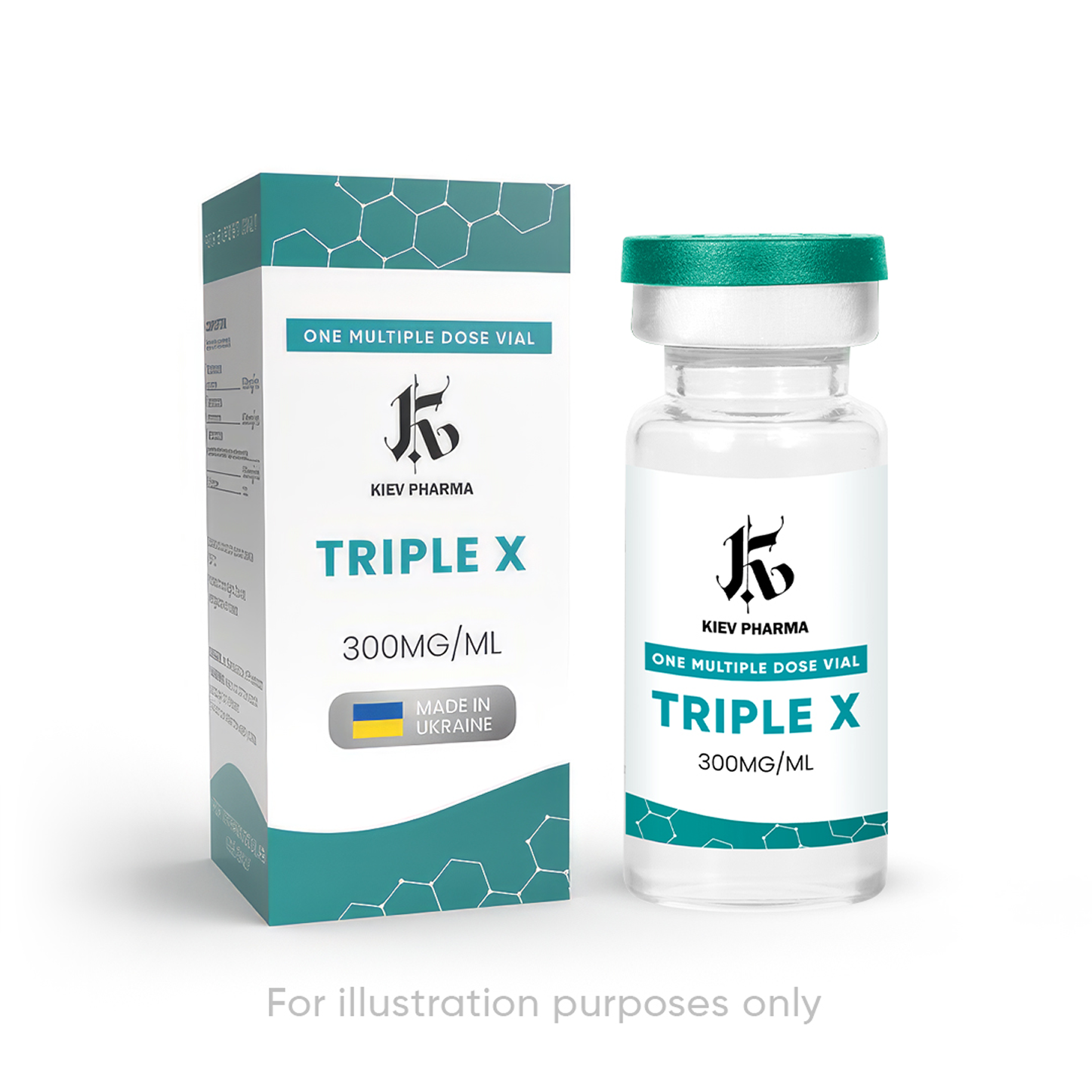The pace of new therapies for obesity and diabetes is accelerating. While drugs like Semaglutide (with brands like Ozempic or Wegovy) or Tirzepatide work by reducing appetite and modulating energy balance hormones, an international research team is proposing a different approach: activating energy expenditure through brown adipose tissue (BAT), thanks to the protein Neuritin 1.

The study, conducted by researchers from the Institute for Research in Biomedicine (IRB) Barcelona (Spain) with international collaboration, was published in the journal Nature Communications.
What is Brown Adipose Tissue and Why Does It Matter?
The classic adipose tissue we all know is usually white adipose tissue (WAT), which stores energy in the form of fat. In contrast, brown adipose tissue (BAT) serves a thermogenic function: through the protein UCP1, it generates heat by burning lipids, which increases energy expenditure. This property makes it an attractive target to combat excess body fat and metabolic disorders.

The novelty of the study is that they discovered Neuritin 1, a protein previously known for its role in the nervous system, is also produced in BAT and acts as a “batokine” (a factor secreted by brown adipose tissue) with metabolic impact.
Neuritin 1: A Mechanism Different from Traditional Drugs
According to the work from IRB Barcelona:
- In mouse models, the overexpression of Neuritin 1 in BAT adipocytes led to greater activation of thermogenic genes, increased energy expenditure, and, as a result, less fat accumulation.
- This effect was achieved without reducing food intake or altering physical activity, unlike traditional drugs that mainly work by decreasing appetite.
- The observed benefits include better insulin sensitivity, less liver inflammation (fatty liver), and protection against high-fat diets.
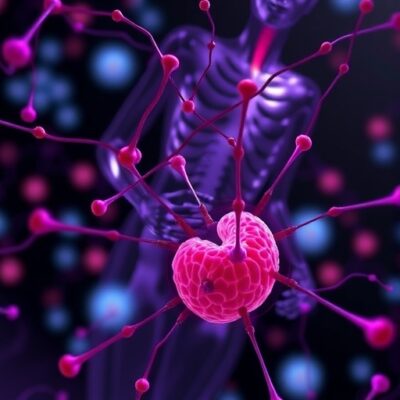
This opens up a very different scenario: instead of “eating less and moving more” or “suppressing hunger,” the strategy is to “activate the body more so it burns more energy.”
Scientific Evidence and Current Status
The key article is titled “Identification of Neuritin 1 as a local metabolic regulator of brown adipose tissue” and was published in 2025.
The most relevant findings include:
- Neuritin 1 is detected in brown adipocytes, and its expression increases under certain conditions (for example, in mice with RAP250 deficiency, a gene that regulates BAT metabolism).
- When Neuritin 1 is blocked, the thermogenic capacity of BAT decreases, reinforcing its physiological role in this tissue.
- Although these results are very promising, so far, studies have only been conducted in animals. Human studies have not been fully reported yet. The team has already indicated that clinical translation is a future step.
What Does This Mean for Obesity, Diabetes, and Fatty Liver?
- Obesity: Activating energy expenditure through BAT can reduce fat accumulation, without relying solely on caloric reduction or appetite suppression.
- Type 2 Diabetes: By improving insulin sensitivity, Neuritin 1 could help control glucose levels and prevent metabolic complications.
- Fatty Liver and Liver Metabolism: Models show that activating BAT through Neuritin 1 reduces liver inflammation and lipid accumulation. This allows imagining therapies against hepatic steatosis.
Together, the protein represents an emerging therapeutic target, distinct from GLP-1 agonists or combined GIP/GLP, which currently dominate the pharmacological treatment of obesity.
Limitations and Next Steps
It is important to clarify that:
- Studies so far have been conducted in animal models, so their application to humans will require further research.
- The receptors through which Neuritin 1 acts or its long-term effects in humans have not yet been fully identified.
- As always, activating BAT and thermogenesis could have side effects or require adjustments (for example, higher metabolic demand, temperature regulation, safety in humans).
The research team has already mentioned that they are exploring “strategies to translate these findings into humans.”
Conclusion
The Neuritin 1 protein opens an unprecedented pathway in the treatment of metabolic disorders: instead of just reducing intake, it seeks to stimulate the body’s own mechanism to burn energy. If this strategy continues to advance toward humans, it could radically change the way we approach obesity, diabetes, and fatty liver. In the meantime, it serves as a reminder that brown adipose tissue is not just a forgotten fat depot, but an active organ with high therapeutic potential.











